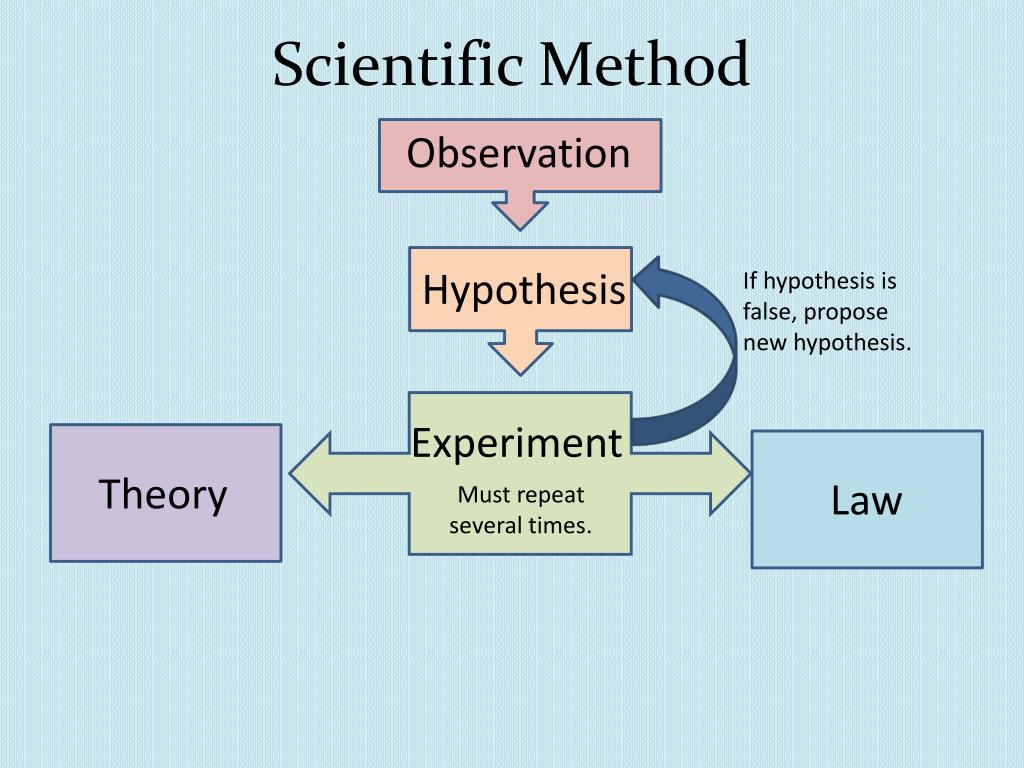

The third approach leads to a study which we refer to as participant observation study. When an observation study is conducted with the first two approaches, we call it a non-participant observation study. ‘ What role the observer plays during the observation.Whether the observer’s presence is known or unknown, and.Whether the observation is direct or indirect,.It is also useful for organizational studies such as observation of clinic operations, activities of field-workers, and administrative procedures.Īn observational study is usually initiated from three different perspectives as outlined below: It is the chief method of ethnographers, who specialize in community studies. This technique lends itself particularly well to the observation of community responses to program efforts. Relatively highly skilled observers and analysts.

This technique can generate either quantitative or qualitative data but tends to be used more for small-scale exploratory studies than for large-scale quantitative studies. It is also difficult to gather information on such topics as intentions, opinions, attitudes, or preferences. In an observational study, there is no way to know the past. This feature tends to limit the size of the sample. Smallness in sample sizeīecause observational studies are generally conducted in-depth, with data that are often subjective and difficult to quantify, the sample size is usually kept at a minimum.Īlso, the in-depth nature of the observation studies generally requires that they are conducted over an extended period, then the survey method or experiments.

Measurement in observational studies generally takes the form of observer’s un-quantified perceptions rather than the quantitative measures often used in the survey and experimental studies. The presence of a stranger (the observer) and the error involved in human observation and the recording of data, which may remain out of control of the observer, are likely to bias the observations to a great extent. Disadvantages of the Observation Method Lack of controlĭespite the advantage as achieved from the natural environment, the observation study, however, has little control over extraneous variables that may affect the data. These include children, crippled, and mentally and physically handicraft people. Some studies focus on individuals who are unable to give verbal reports or to articulate themselves meaningfully.įor these subjects, the observational method is indispensable. Observation is decidedly superior to survey research, experimentation, or document study for collecting data on nonverbal behavior. Since the observation is possible to be conducted in a natural setting, the observer can conduct his or her study over a much longer period than with either the survey or experiment. Observation is neither as restrictive nor as artificial as either the survey or the experiment. Whereas other data collection techniques introduce artificiality into the research environment, data collected in an observation study describe the observed phenomena as they occur in their natural settings.

While the survey respondents may have a hazy or lapse memory about events that occurred in the distant past, the observer is studying events as they occur. He or she can simply watch as individuals act and speak. The observer does not have to ask people about their behavior and reports from others. We can collect data at the time they occur. The main advantage of observation is its directness. Advantages of the Observation Method Directness The versatility of the method makes it an indispensable primary source of data and a supplement to other methods.


 0 kommentar(er)
0 kommentar(er)
